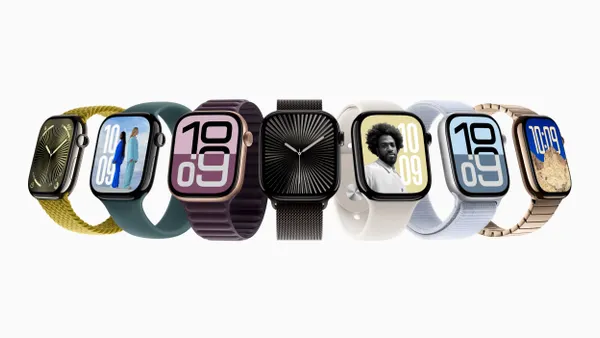Dive Brief:
-
FDA has published an analysis of 90 examples of the use of real-world evidence (RWE) to support regulatory decision making. Edwards Lifesciences, Intuitive Surgical and Medtronic are among the companies cited in the report.
-
The agency wants to foster the use of RWE going forward. With that goal in mind, FDA has released details of how companies have used the evidence, such as registries and medical records to support filings of 510(k) submissions and premarket approval applications for a range of devices and diagnostics.
-
FDA said RWE has given it more timely access to broader, richer safety data and accelerated development of new products. That experience has persuaded FDA to try to encourage more use of RWE by sharing examples of its successful application.
Dive Insight:
FDA has stepped up its RWE activities in recent years, notably through its support of the National Evaluation System for health Technology Coordinating Center. The center, also known as NESTcc, has worked with companies including Abbott and Johnson & Johnson to evaluate the use of RWE in the regulatory process. Then, the pandemic pushed FDA to accelerate its use of the strategy.
The report published Tuesday shows the longer history of using RWE at FDA’s Center for Devices and Radiological Health. The 90 examples described in the report span 2012 to 2019 and cover a wide range of devices and filings.
PMAs and 510(k) filings each account for around 20% of the examples. De Novo classification requests are covered almost as extensively, while PMA panel track supplements are the most widely cited examples. FDA also addresses the use of RWE in two humanitarian device exemptions filings.
FDA cited the use of RWE as the primary source of clinical evidence and the nesting of prospective, randomized trials within real-world data sources (RWD) as examples of how applicants used the evidence. Other applicants used RWE to create control arms for novel devices, registries to provide evidence pre- and postmarket, and combined RWD sources to generate new insights.
Specific examples include Medtronic's use of evidence from a registry as a control during development of its HeartWare ventricular assist system. After bringing the device to market, Medtronic continued to use the registry to compare HeartWare to similar devices.
Medtronic has had recent issues with its HeartWare product, receiving three Class I recalls from the FDA for the device in the last 12 months.
Most of the other examples either feature registries or medical records. Abbott retrospectively reviewed medical records to expand the use of its Emboshield NAV Embolic Protection System.
Around 15% of the examples feature other sources of RWE. That group of examples includes the use of data generated during home use of the Dexcom G5 continuous glucose monitor to fulfill a postmarketing obligation. The device itself generated the required data.
Jeff Shuren, CDRH director, and Daniel Caños, director of the center's Office of Clinical Evidence and Analysis, Office of Product Evaluation and Quality, set out how RWE use has benefited FDA and the groups it serves in a blog post.
"Leveraging RWE has provided CDRH with more timely access to a broader and richer set of safety information," Shuren and Caños wrote. "By unleashing the power of RWE, we can accelerate medical product development and bring new innovations and advances faster and more efficiently to the patients who need them, without compromising patient safety."













